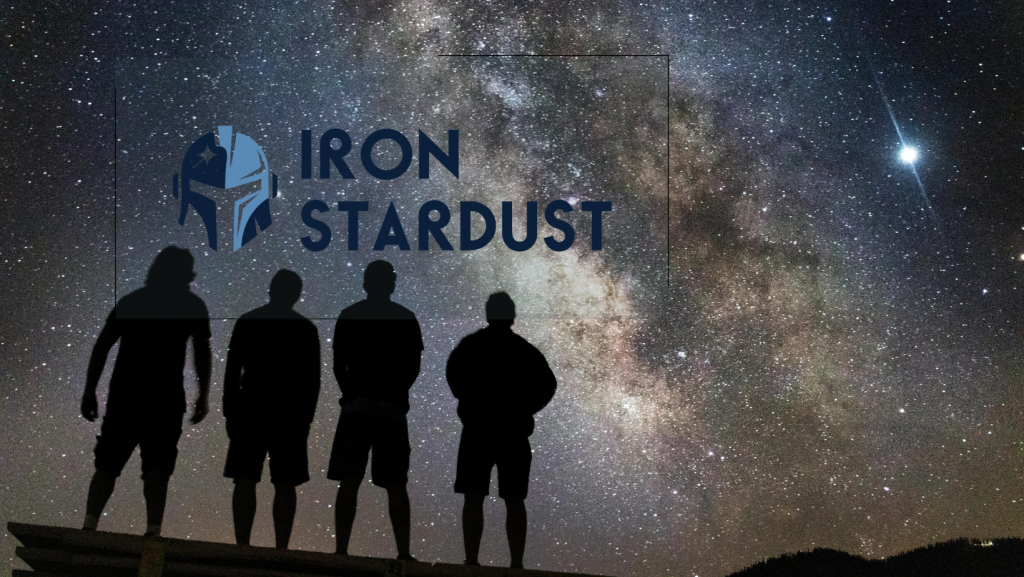
We’ve all heard the phrase: “In a galaxy far, far away…” It’s the classic opener to countless space stories and sci-fi epics. But what if we paused the movies for a second and asked: Is there really something out there? Are we just tiny beings on a rock floating through space, or could there be entire civilizations light-years away binge-watching our lives like a reality show?
Welcome to your not-so-average guide to what might actually exist in a galaxy far, far away.
First, How Far Is “Far, Far Away”?
Let’s do some quick space math—don’t worry, it’s fun. Our galaxy, the Milky Way, is about 100,000 light-years across. That means even if you traveled at the speed of light (which, spoiler: you can’t), it would still take 100,000 years to go from one end to the other.
Now zoom out ..
Imagine the universe has over 2 trillion galaxies. So, when someone says “a galaxy far, far away,” it’s not just poetic—it’s mind-blowingly accurate.
What is the origin of the phrase ‘far away’?
The phrase “in a galaxy far, far away” originated with the 1977 release of Star Wars: Episode IV – A New Hope. Written and directed by George Lucas, the film opens with this now-iconic line, instantly setting the stage for a space opera that blends futuristic technology with timeless mythological themes.
The phrase was intentionally crafted to evoke the feeling of a fairy tale or ancient legend, positioning the Star Wars universe as a place outside of time and reality—a distant, fantastical realm filled with adventure, mystery, and wonder.
What Might Live There?
Let’s speculate (because why not?):
- Super-Evolved Jellyfish? Maybe somewhere out there, oceans glow and intelligent sea creatures build skyscrapers from coral.
- Beings Made of Light? What if evolution favored energy over matter, and some species communicate using color pulses instead of sound?
- Robot Civilizations? Machines that became smarter than their creators and built cities of chrome under neon skies?
We don’t have proof—yet. But scientists are constantly listening to signals from space, scanning exoplanets, and launching telescopes that might catch a glimpse of these places.
Could They Visit Us?
Statistically? Probably not soon. But mathematically? It’s not impossible.
Let’s put it this way: if Earth is a lonely island, then maybe the rest of the universe is full of party boats—but we’re still waiting for an invitation.
Or maybe they’ve already visited and left after realizing we still argue about pineapple on pizza.
Why Should We Care?
It’s easy to feel small when thinking about the universe, but here’s the twist: being small doesn’t mean being insignificant.
Every new discovery about space teaches us something about ourselves—how we came to be, where we might go, and how connected everything is. When we look up at the stars, we’re not just looking at space; we’re looking at possibilities.
And that’s kind of beautiful.
From Sci-Fi to Reality
Sci-fi shows and movies use the “galaxy far, far away” line to transport us to other worlds. But science is slowly catching up with fiction:
- NASA is exploring Europa and Titan, moons that may have alien oceans.
- The James Webb Space Telescope is peering deeper than we ever have before.
- Scientists found planets in “Goldilocks zones” – not too hot, not too cold – that could support life.
So when you hear that classic phrase again, don’t roll your eyes. Imagine it as an open invitation from the cosmos to keep wondering.
“In a galaxy far, far away” isn’t just a line—it’s a gateway. A whisper from the stars reminding you that curiosity is cool, space is vast, and the universe is far from boring.
So stay weird. Keep wondering. And don’t forget to look up.





